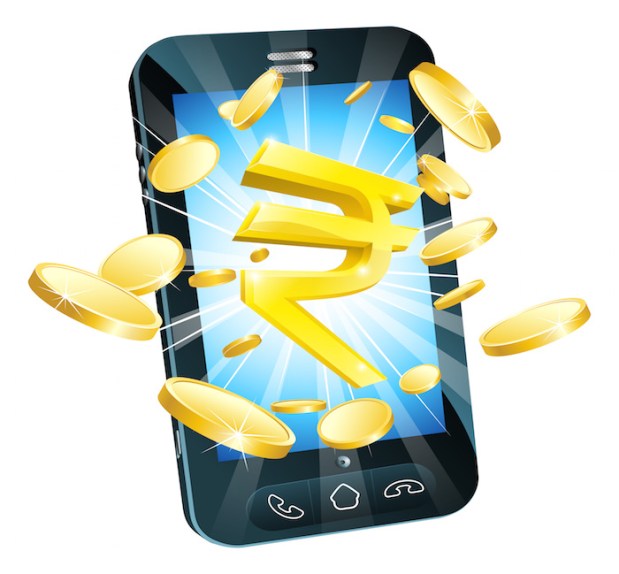Ping Pay In India — Payments The Social Media Way

Axis, India’s third largest private bank, recently released a mobile payments service called Ping Pay that lets customers send money using social media, including Facebook, Twitter, WhatsApp, and more “old school” outlets including phone numbers and emails.
Axis’s Ping Pay app, developed in partnership with Singaporean venture capital company Fastacash, features a “mobile top up” to a recipient across money (with a limit of 50,000 rupees daily), airtime or coupons. When sending money, the user chooses a social or messaging channel and selects the name of the person to whom the money is to be sent. They enter the amount to be sent and set a “ping code” that is shared separately with the receiver. Upon confirming the transaction, the money is immediately sent and the receiver gets a message across the social or messaging channel selected by the sender.
“India is one of the fastest growing social and messaging markets, with most of these services being accessed from mobile devices,” said Vince Tallent, chairman and chief executive at Fastacash, in a statement detailing Ping Pay’s debut. “The Indian consumer is looking for new and innovative ways to interact with payments and this is evident from the growth in the number of mobile wallet services being made available in India. … Our focus is really on simplifying the entire digital banking and payment experience.”
Access to financial services has always been an issue in India, where, according to the Bank of India, 41 percent of households are completely unbanked. But technology has a high adoption rate in the country with a mobile penetration rate of nearly 75 percent, according to WCIS stats for March 2015. Social media is also seeing strong acceptance, where Facebook already has over 112 million users in India and Twitter has around 30 million.
The Axis service follows the January 2015 launch by ICICI Bank of a mobile payments service across Twitter.
